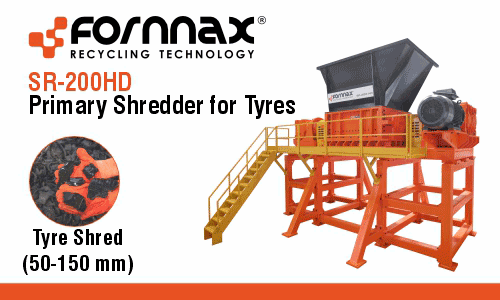SIGNUS delivers evaluation report of the 3rd business plan for end-of-life tires
SIGNUS has released its Annual Global Assessment Report for the 3rd Business Plan for the Minimization of End-of-Life Tires 2018-2021, which includes all manufacturers as well as 233 intra-community importers and purchasers, accounting for 98.9% of all declared tire arisings to SIGNUS in the previous four years. They've taken a variety of steps to avoid the generation of end-of-life tires.
Article 3 of the Royal Decree 1619/2005 establishes the obligation for producers (manufacturers and importers) to prepare and submit a Business Prevention Plan to the EPR schemes in order to reduce waste generation and its environmental effects.
The Waste Minimization Plan's goal is to identify the mechanisms that can be used to extend the useful life of tires and make reuse, recycling, and other forms of recovery of end-of-life tires easier, as well as measures to prevent waste generation at each stage of the tire's life cycle: design and production, distribution, consumption, and use. The producers working with SIGNUS have implemented a total of 986 measures, of which 41 correspond to eco-design measures carried out by the manufacturers.
In comparison to previous plans, the most notable advancements have been an increase in kilometric performance of between 5% and 20%, depending on the kind of tires, and a reduction in tire unit weight of up to 6%.
This evaluation was shared with the various autonomous administrations involved, as well as the Ministry for the Ecological Transition and Demographic Challenge (MITERD), based on the results gathered.
SIGNUS is working on the preparation of the IV Business Prevention Plan for the period 2022-2025, in partnership with its producers, based on these results.
Article by Tyre & Rubber Recycling magazine.
Weibold is an international consulting company specializing exclusively in end-of-life tire recycling and pyrolysis. Since 1999, we have helped companies grow and build profitable businesses.









